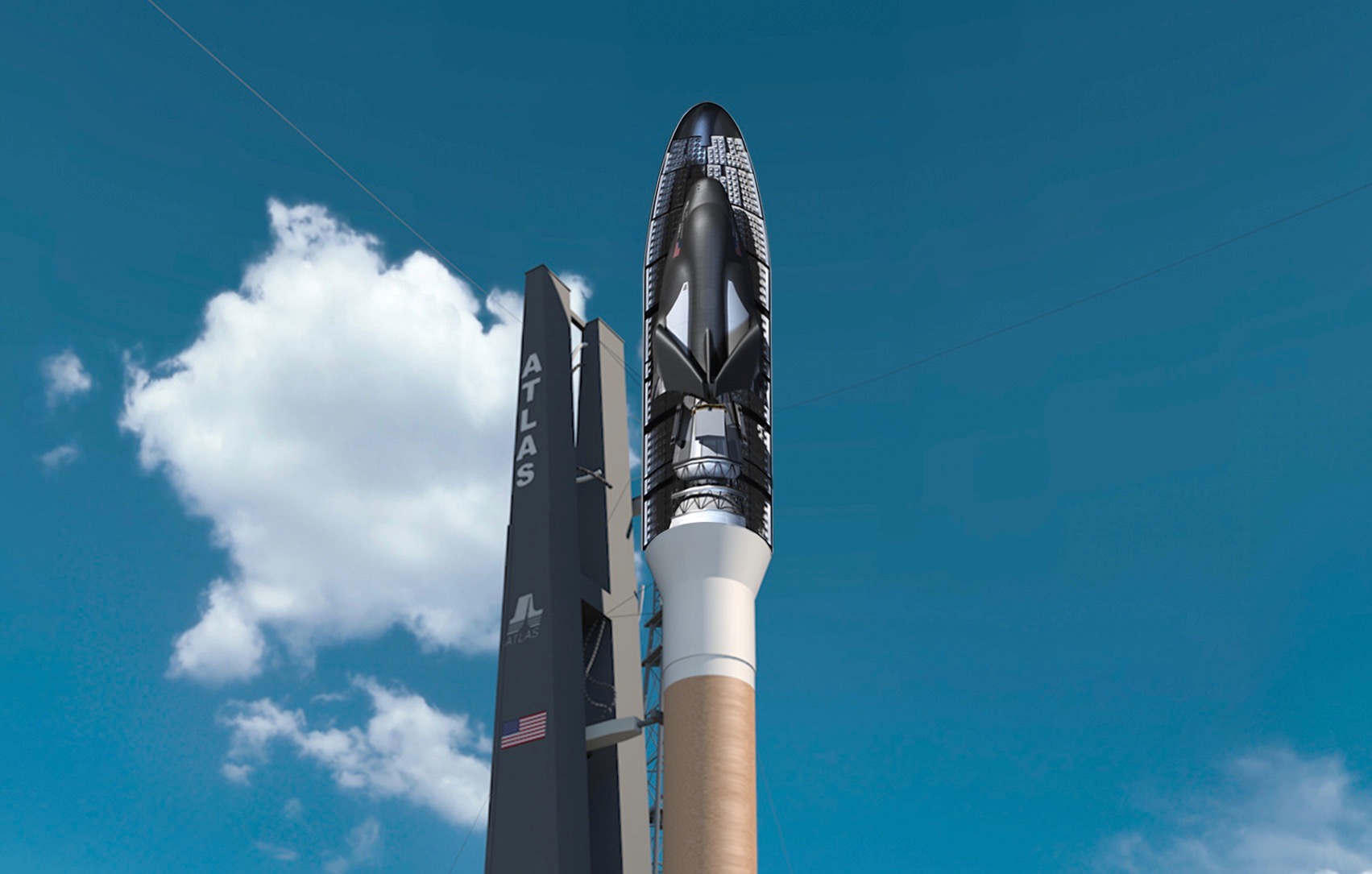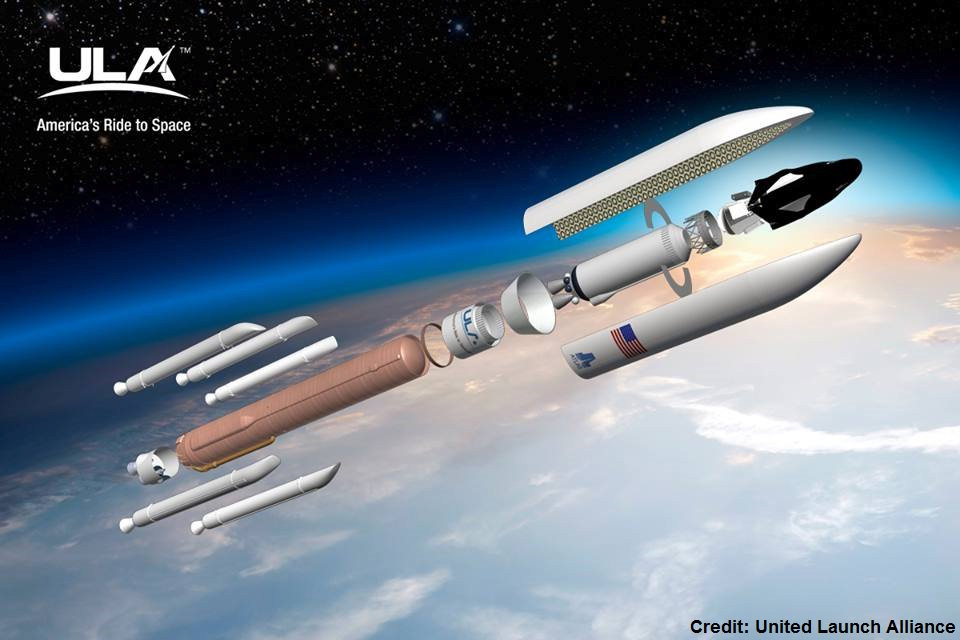Private Dream Chaser Space Plane Will Launch on Atlas V Rockets
The cargo missions flown by the private Dream Chaser space plane will launch atop United Launch Alliance (ULA) Atlas V rockets, at least at first.
Dream Chaser's builder, Sierra Nevada Corp. (SNC), and ULA have signed an agreement to use Atlas V rockets for the robotic space plane's first two resupply flights to the International Space Station (ISS), representatives of the two companies announced last week. Those missions are scheduled to lift off in 2020 and 2021.
"SNC recognizes the proven reliability of the Atlas V rocket, and its availability and schedule performance make it the right choice for the first two flights of the Dream Chaser," Mark Sirangelo, corporate vice president of Sierra Nevada's space systems business area, said in a statement.

Sierra Nevada has been developing the 30-foot-long (9 meters) Dream Chaser for more than a decade. Like NASA's now-retired space shuttle orbiter, Dream Chaser launches vertically and comes back down to Earth horizontally in a runway landing.
Sierra Nevada is working on both crewed and uncrewed variants of the space plane. In 2016, NASA tabbed the uncrewed Dream Chaser to fly cargo to and from the ISS, under a Commercial Resupply Services 2 contract. (Two other private robotic vehicles, SpaceX's Dragon capsule and Orbital ATK's Cygnus spacecraft, are already flying cargo missions to the orbiting lab for the space agency.)

The Atlas V is a workhorse rocket that has launched a number of high-profile payloads over the years, including NASA's New Horizons Pluto probe, Juno Jupiter orbiter and Curiosity Mars rover. The Atlas V has also launched all four missions of the U.S. Air Force's X-37B vehicle — a small, robotic space plane, like the uncrewed Dream Chaser.
An Atlas V will also loft the maiden moon mission of the Peregrine lander, a lunar spacecraft being developed by Pittsburgh-based company Astrobotic. That flight is currently scheduled to take place in 2019.
Get the Space.com Newsletter
Breaking space news, the latest updates on rocket launches, skywatching events and more!
Follow Mike Wall on Twitter @michaeldwall and Google+. Follow us @Spacedotcom, Facebook or Google+. Originally published on Space.com.
Join our Space Forums to keep talking space on the latest missions, night sky and more! And if you have a news tip, correction or comment, let us know at: community@space.com.

Michael Wall is a Senior Space Writer with Space.com and joined the team in 2010. He primarily covers exoplanets, spaceflight and military space, but has been known to dabble in the space art beat. His book about the search for alien life, "Out There," was published on Nov. 13, 2018. Before becoming a science writer, Michael worked as a herpetologist and wildlife biologist. He has a Ph.D. in evolutionary biology from the University of Sydney, Australia, a bachelor's degree from the University of Arizona, and a graduate certificate in science writing from the University of California, Santa Cruz. To find out what his latest project is, you can follow Michael on Twitter.









